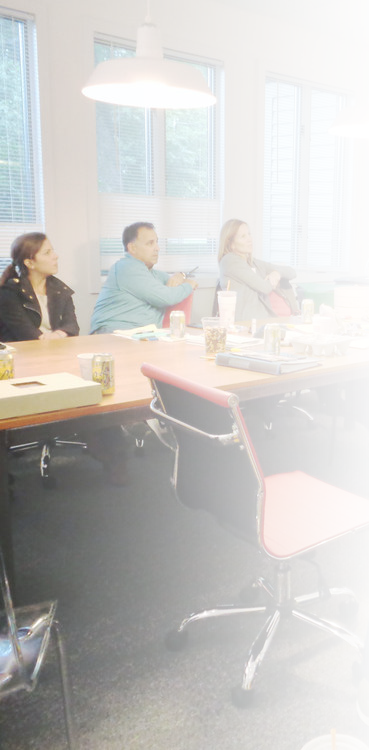Project initiation
This is one of the most crucial elements of the project. Getting the project set off in the right direction is particularly important. The project may either be requested and most likely defined by the customer, or it may be a « Private Venture » where the definition of the product will be undertaken internally to meet a particular market. Either way there are a number of steps that must be taken:

Capture requirements:
When undertaking any project it is necessary to define exactly what is required. Requirements can be captured from many sources: users; end customer; market assessment, etc…
- Define high level product: With most of the requirements in place (often requirements capture progresses for many months and some work must usually start before all the requirements work is complete), the high level product can be worked out. This will enable other processes to be undertaken.
- Prove concept / feasibility study: The high level concept of the product will highlight any areas of the design that may present a high risk. These can be « de-risked » by undertaking a concept proof or feasibility study. This may even involve undertaking some trial development to prove whether concept can work. Simulations are a major way of providing he required data as accurate simulations can be created using software tools.
- Undertake costing: At this stage it will be possible to undertake a reasonable estimate of the costs.
- Refine requirements: In the light of costings, concept proof and other inputs it may be necessary to refine the requirements.
- Review: A review is essential at the end of this initial stage of the electronics development process to ensure that all the required definitions, and authorisations are in place before moving on to the next stage. Moving on without ensuring that a sufficiently robust definition is in place can lead to major problems further along the electronics development process.
- Electronics development phase: The electronics design phase is the area where the main work is done on creating the product or equipment. It is likely that the project team will be at its maximum strength during this phase. A large number of activities occur during this phase of the project. Many of them need to be undertaken in parallel, so it is essential that the development team communicates to ensure that all activities proceed in a coordinated fashion, and not in a disparate manner where different activities diverge.